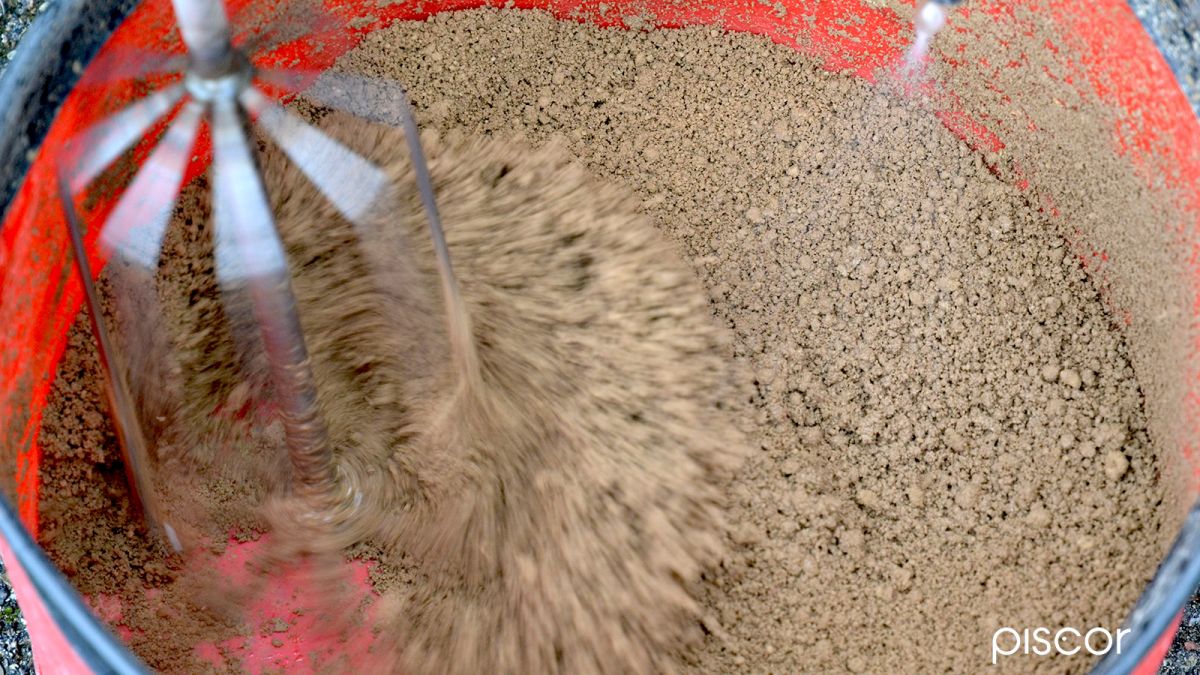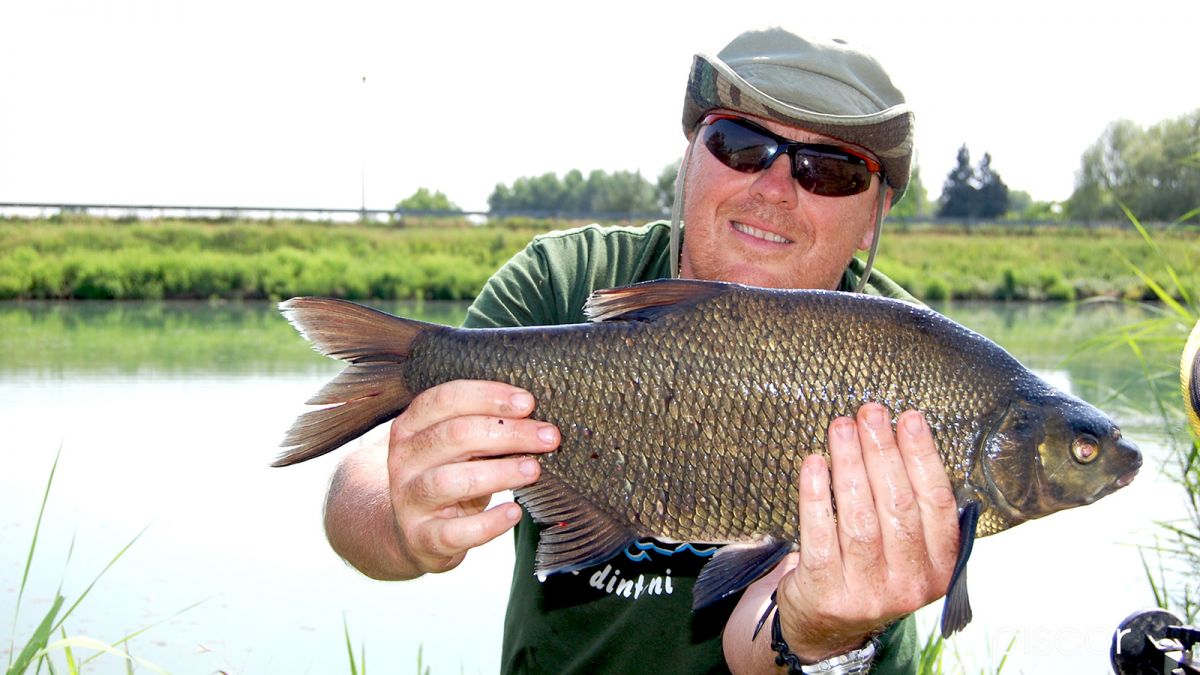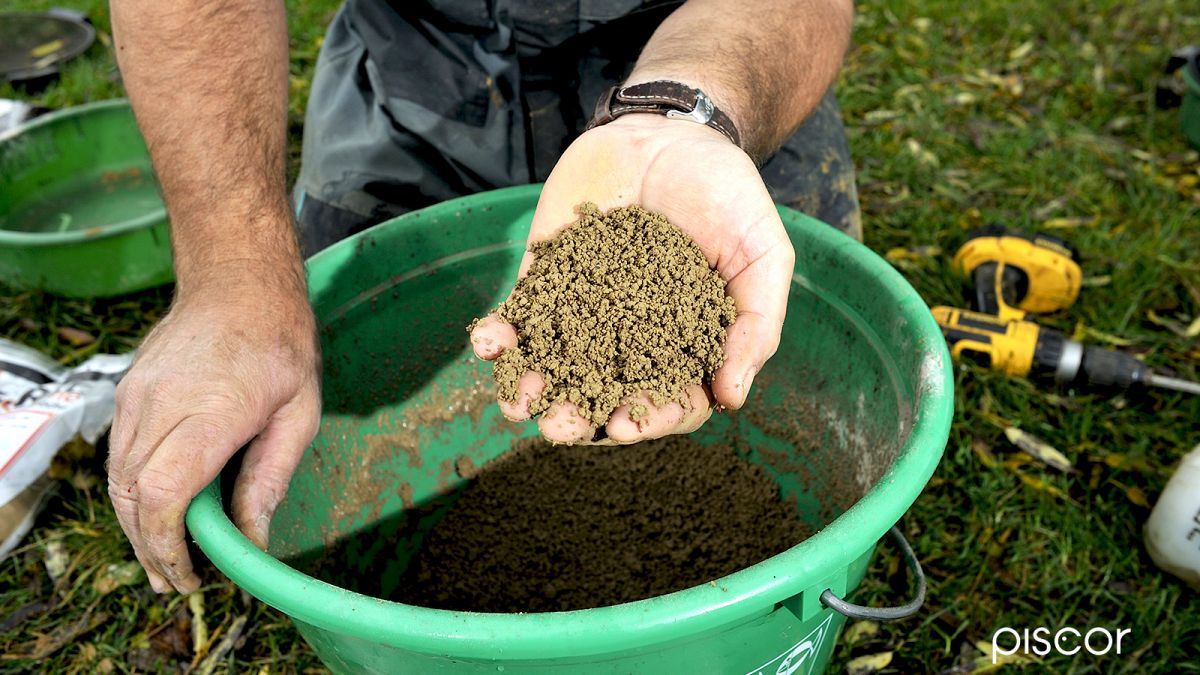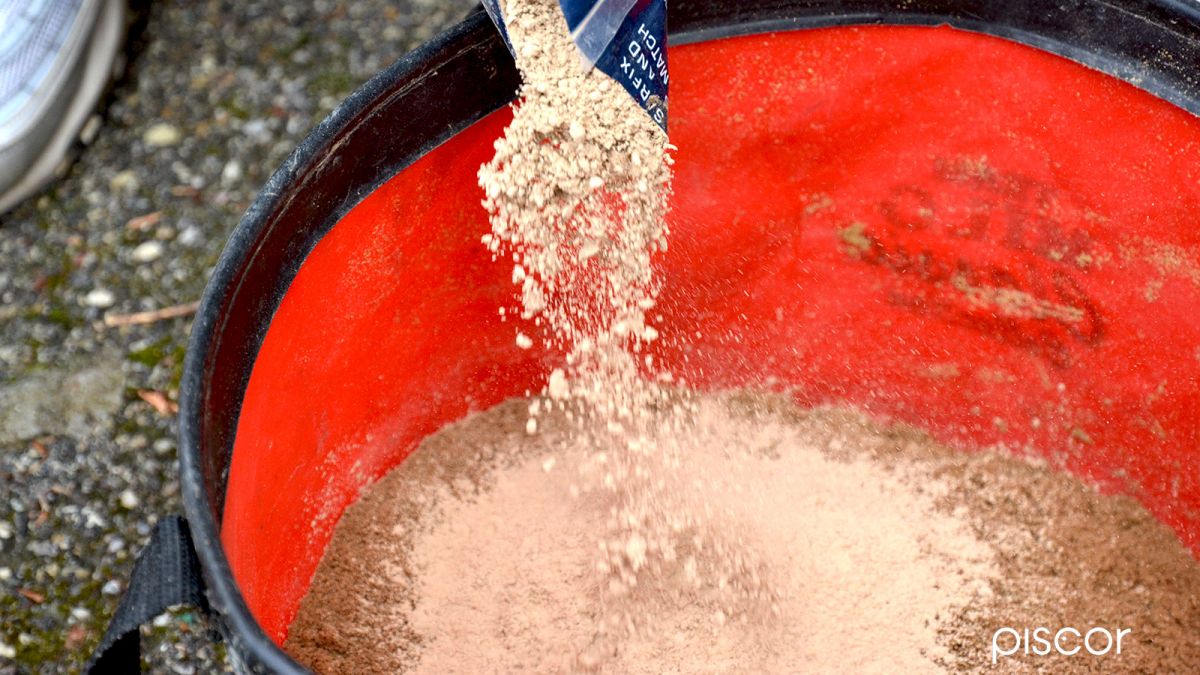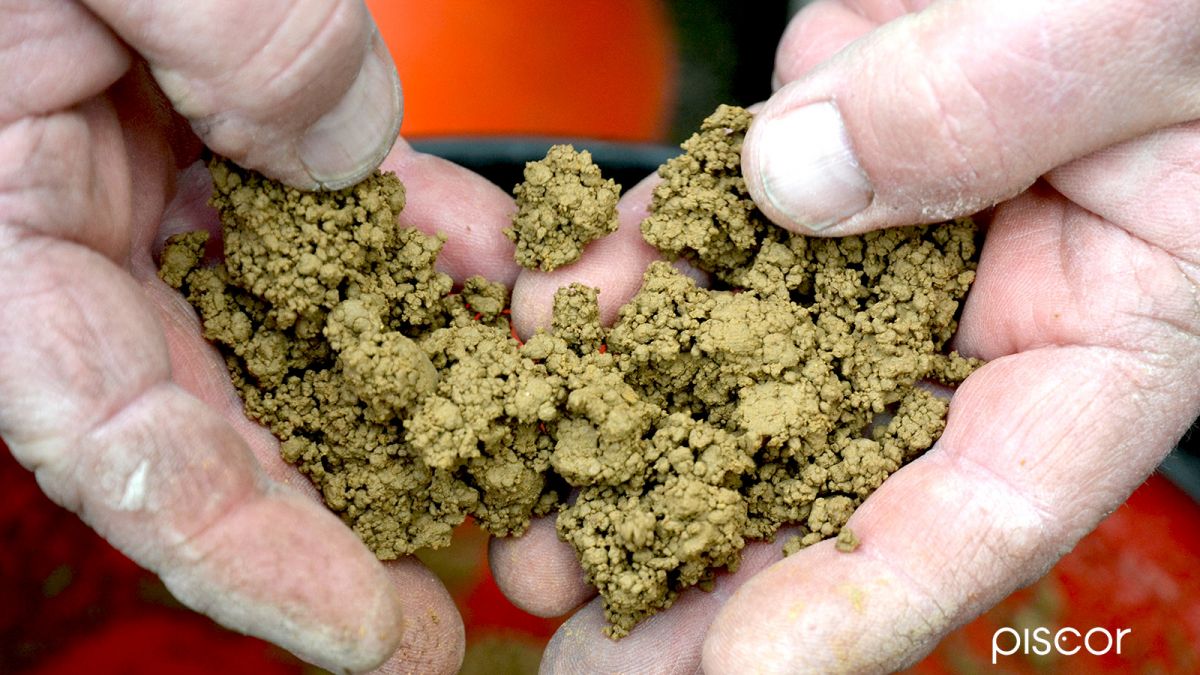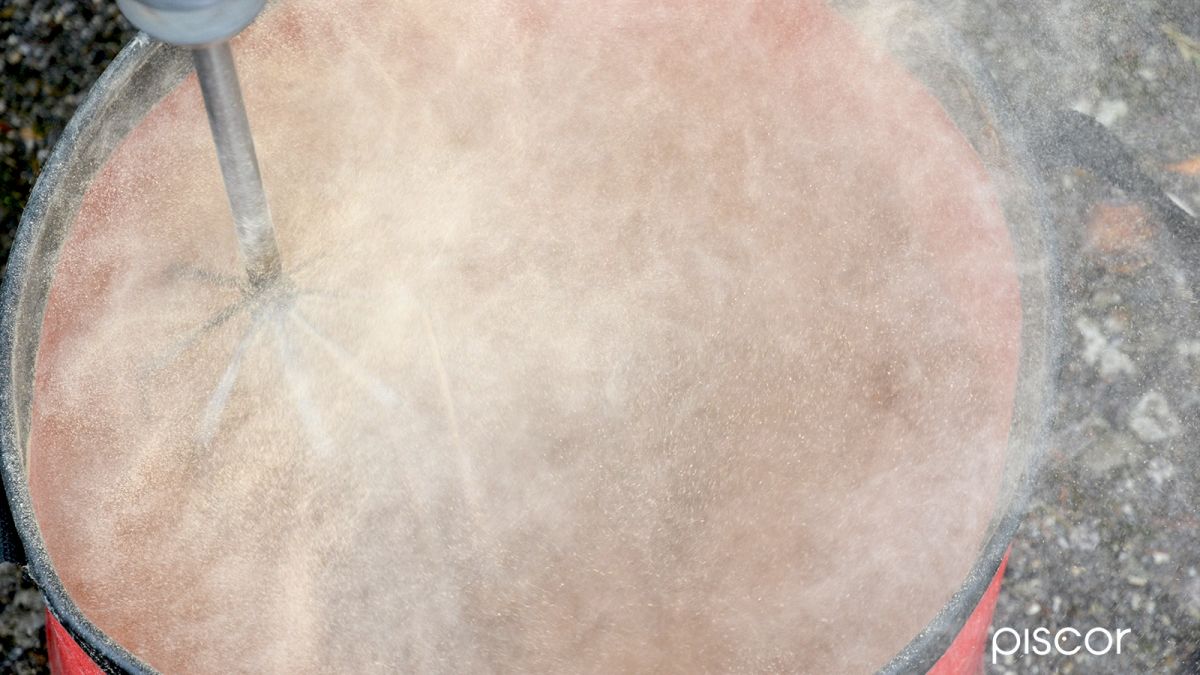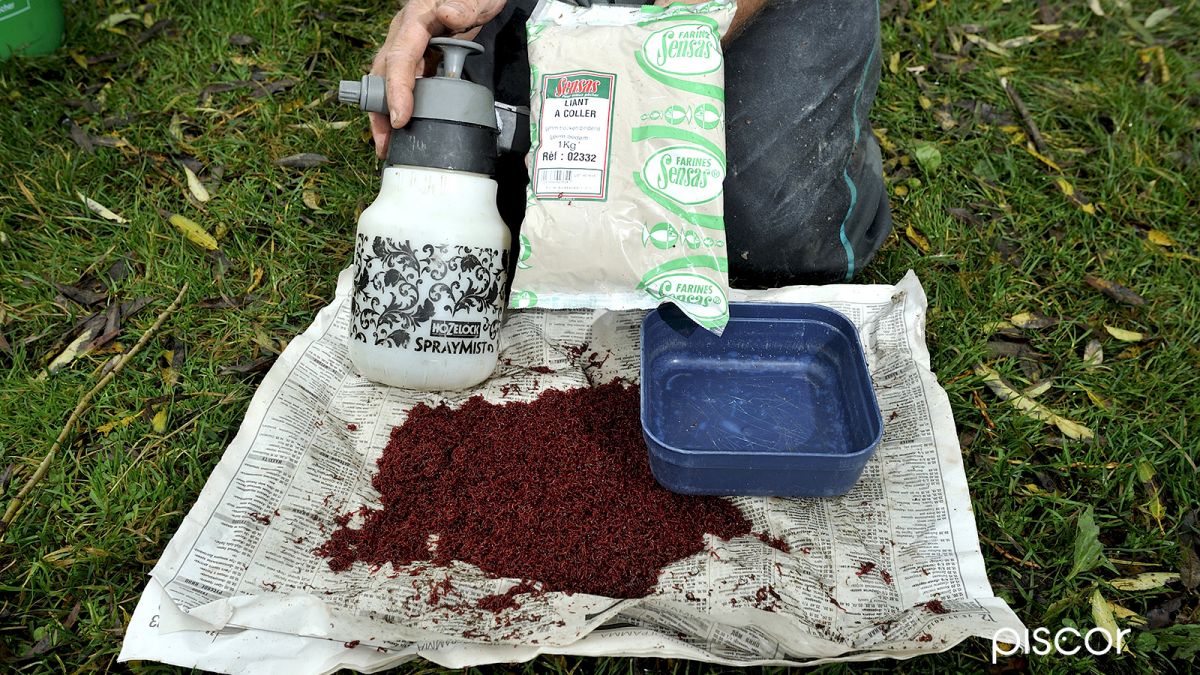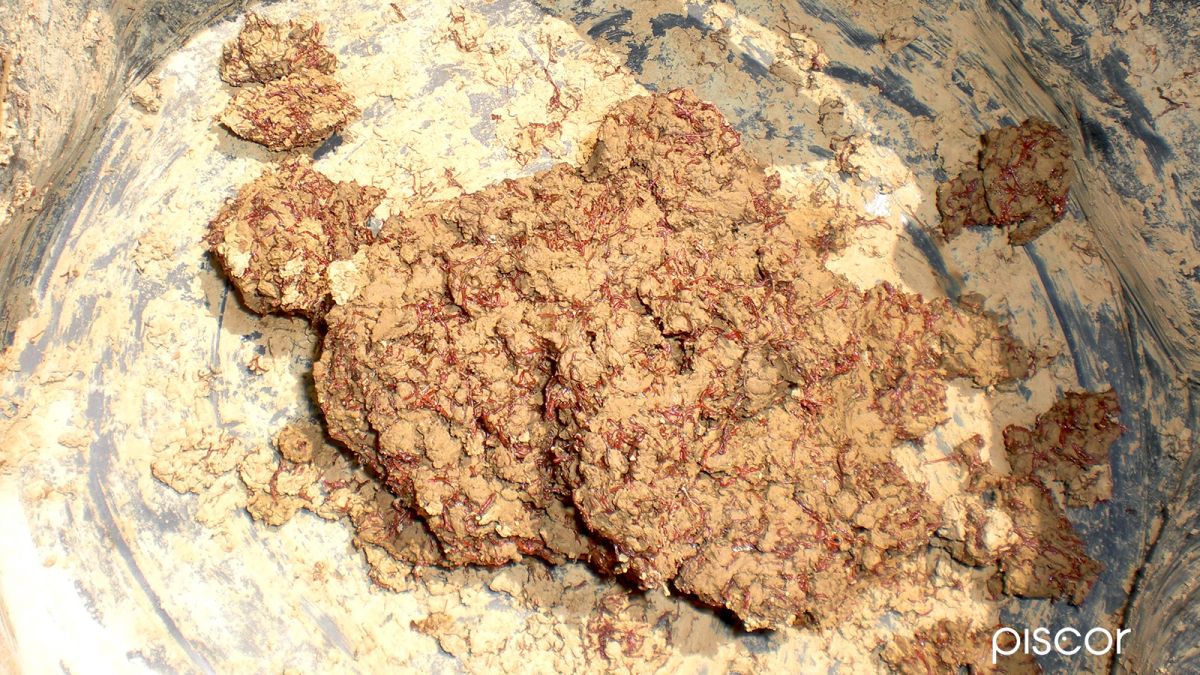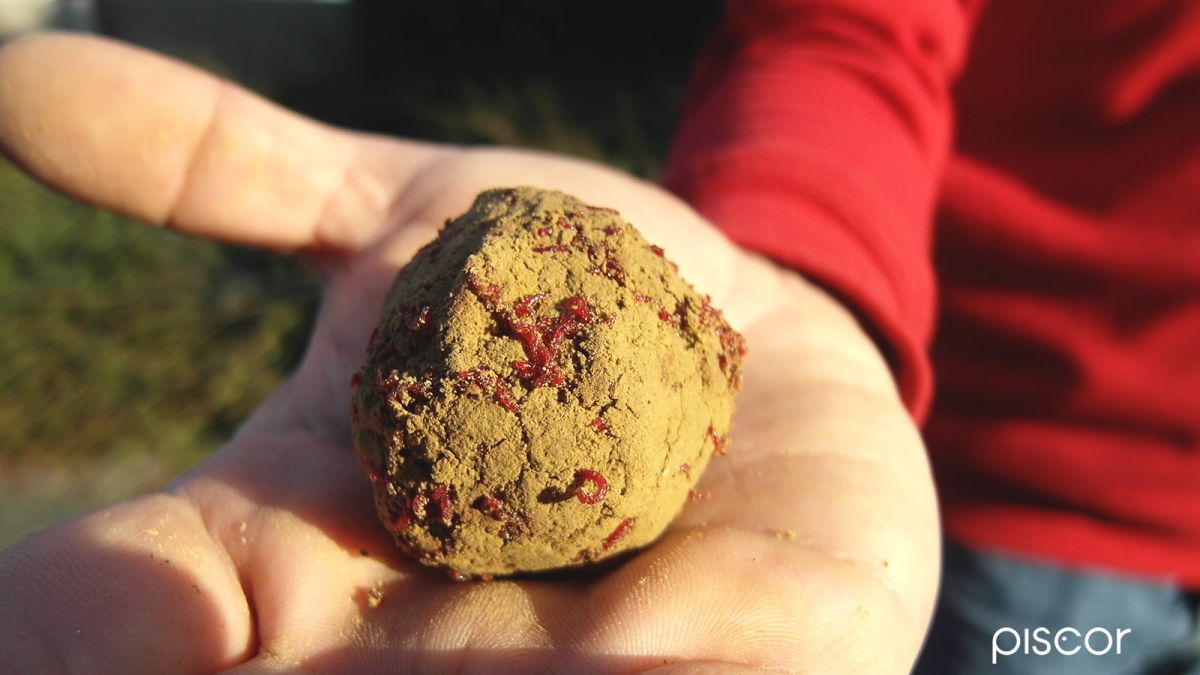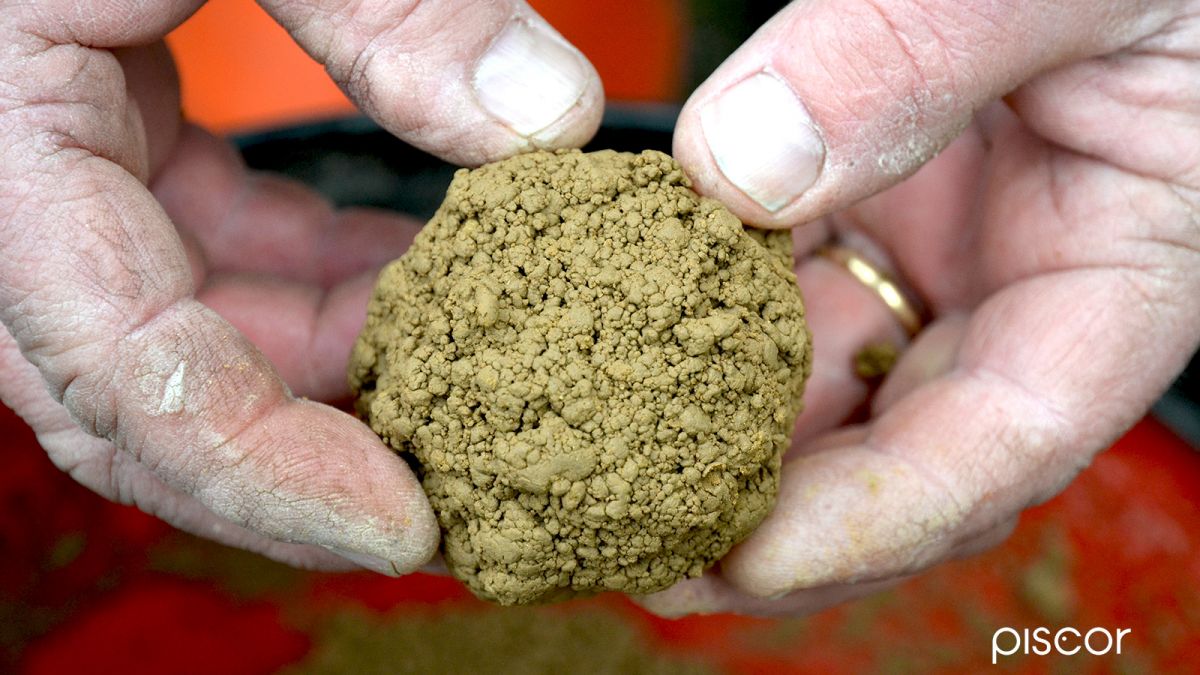In recent years, the argument "soil" has been absolutely relevant because of the proliferation of the non-native fish par excellence: the breme. Yes, because in contrast to what is commonly thought, torpedo is not the most "threatening" fish among the various non-native species in Italy.
In fact, if you consider the biomass, the highest step of the podium belongs to the breme and the second one to the European barbel.
The massive presence of breams on our race fields, has overturned in a few years techniques, groundbaits and behavior of the anglers, forcing them to find new strategies of attack. Among these, the one that has changed more is relating to feeder.
So Italian anglers, during the transition from Italian species to breme, had to adapt and change their feeder techniques. A difficult step, but possible in a pretty short "technical" time. Regarding soils, instead, italian anglers have been totally confused for ages.
Expecially the ones who had never had the chance to race in stranger fields, such as France and Belgium. Their confusion was due to the fact that 6-7 years ago the use of these groundbaits was not common in Italy.
There were some very heavy and sticky groundbaits, with the only purpose to make the feeder heavier and to get the bottom of the river as soon as possible.
But today we are talking about something else, we are talking about soils that open "chronometrically", or that close the groundbait for extremely well estimated times, that keep their fouillis alive and lively, that ca be light, dark, black... etc.
You could call them “inorganic groundbaits” rather than soils. In fact, the complexity is so high that in every agonist’s technical knowledge can no longer lack a deep knowledge of this essential element of Breme fishing.
The theme has reached such popularity that we often receive e-mails from young agonists at the beginning of their careers asking us about the use of pure soil as a lure during a race specifying that in competitions that practice the use of fouillis is prohibited.
That's why we talked about "inorganic groundbait": cause they are used by the most celebrated anglers in many important competitions, some people even imagined that a soil ball could work miracles. That is not true.
Fish do not eat the soil, but what it contains, baits or groundbaits.
There is soil and soil
The soil we find on the market is not all the same. The color, specific weight, and tendency to paste or break varies. It is a complex sector that requires only one condition: direct knowledge of each product.
This means that to be sure of what you do when going fishing or in the preparation or of what you have to use in competition, you must have the soil in your hands to perfectly known it and acquired all its properties.
This also means something else, so that we need to activate a kind of loyalty to a certain product. In other words, when you have chosen to use a certain type of soil, as far as possible, you should always use that, changing brand may mean using a product that is not even similar of what we knew.
Let us take an example. Everyone knows the "Damp Leam". Well, under this name we find on the market very different products from each other. The "original" Damp Leam is the one that comes from a certain region of France and that has certain characteristics, such as, for example, a very fine grain, a strong tendency to quickly break and the property of producing a very evident cloud in water.
As often happens, however, some names are also given to products quite similar to the original, but only quite. Fishing soils are not like wines or cheeses, which have the DOCG mark, so the French Department of Leams will never claim the primacy of its land by prohibiting the use of its name for similar products that come from thousands of miles away.
So that brand will have a certain color and certain properties that can also be significantly different from those of that of another brand. For this reason it is advisable to learn how to become accustomed to a certain product and, before changing it, to think very well about it.
The double leam
It is the most used system among English anglers. They make a wide use of it when they need a soil to carry the fouillis on the bottom very quickly, without it releasing larvae in fall, but that, at the same time, that disintegrates very quickly.
To obtain a perfect "double leam" you need to follow strict rules to avoid to get a bucket full of an unusable mush. The aim is to obtain a soil that is a mass composed of very small grains
These grains will agglomerate more or less tenaciously depending on the pressure that is given with the hands and the fouillis that is added is not incorporated into the soil, but remains " trapped " to be released immediately as soon as the ball reaches the bottom without any dispersion during the fall because the small grains of soil are quite tenacious and do not dissolve easily.
How to make it
The doses are strictly calculated. Take two kilos of Damp Leam and add 250 grams of bentonite. Do not exceed this quantity, otherwise we risk obtaining an excessive gluing. Place everything in a rather wide bucket and mix with your hands to obtain a summary dispersion of the glue in the soil mass.
With a drill equipped with a sturdy whip, the mixture is " mixed " vaporizing water with extreme care.
The excess of water, even a few millilitres, especially towards the end of the preparation, can transform the mixture into an unpleasant mess, so you have to vaporize slowly and immediately stop as soon as the soil begins to "lump" into balls just over a millimeter in diameter. When all the soil has been reduced to very small lumps, it is time to stop and add the fouillis or other baits in the desired quantity.
Such a soil can be prepared even the day before the fishing trip and kept in a plastic bag, to avoid dehydration, trying not to squeeze it to keep the particles free from each other. In any case, if it should happen to find the soil a bit "sticky", just sieve it with a sieve with wide mesh (the maggots one).
It's a recommendable method with a fouillis not too lively and it's formidable with the frozen one that otherwise would not get free from the normal earth until after a long meltdown of the ball. About a quarter of a litre of fouillis is enough for the amount of soil indicated.
The advantages of the use of the "double leam" lie mainly in the precision with which you feed, because the baits transported from the soil are deposited on the bottom in a very small area and there is a lower release during fall, also there are great advantages in terms of the release of the baits introduced that occurs in a much more progressive way than with a ball of homogeneous soil.
What is the bentonite?
Bentonite is a natural clay of grey colour with marked colloidal characteristics and originates from the alteration of volcanic ash. Its uses are varied and range from construction to enology and from cat litter to pharmaceuticals.
It has a strong glueing power and has the great advantage of having a high density, therefore, added to the soil considerably increases the specific weight and speed of the ball in sinking.
Bentonite is also used pure for gluing the fouillis, making balls, to have a large amount of fouillis in a very small volume. This is what the English call "simple leam" and they use it mainly in shallow waters where the introduction of a big soil ball can create a considerable interference.
In this way, however, they can introduce large quantities of bait with minimal volumes.
The pongo
This is an Italian creation which, in a certain sense, is at the antipodes of double leam. The ingredients are the same: soil and bentonite in the proportions indicated above, but here we go far beyond the formation of micrograins of soil and binder.
You don't need a drill and a whip, you can do very well by hand, so much, for the final result, you don't need the mix to be particularly homogeneous to allow a programmed disintegration of the ball.
The important thing is to obtain a sort of plasticine (the Pongo) in which to incorporate the fouillis. In this case, as opposed to the double leam with which you have a quick release of the baits, what you want is a soil ball as compact as the stucco that melts very slowly and from which the fish can pick, one by one, the larvae by direct contact.
The aim is to keep the fish in place by making it "angry" and making it work if it wants to get the prize, that is a red larvae, but then, in reality, it will eat almost nothing after fighting the tenacious soil ball.
Normally, this strategy pays off when the fish is stimulated, especially during the lure phases, in the middle of the race, but there are also those who put it in the water at the beginning and do not put fouillis in the first feeder phase and sometimes, especially when the fish eats little, it is successful.

